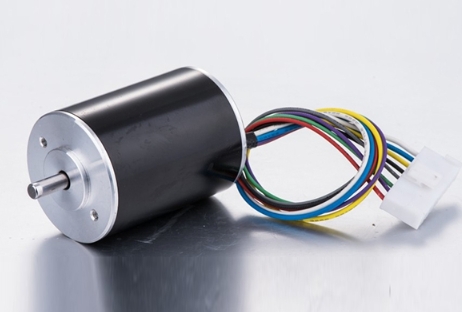Why do brushless DC motors use “three Hall sensors”?
From drones to electric vehicles to home fans, brushless DC motors (BLDC) are everywhere. They are quiet and efficient, and one of the key secrets to their performance is the “three Hall sensors” inside.
Why “three”?
The motor stator has three-phase windings, spaced 120° apart. To determine the position of the rotor's magnetic poles at any given time, three Hall sensors must be placed at equal intervals of 120°, enabling the simultaneous detection of the rotor's three critical positions.
During actual wiring, the third Hall sensor can be placed at a 60° angle between adjacent teeth, reducing lead length while effectively adding another Hall sensor on the opposite side in the same direction. This results in a simpler wiring configuration and complete signal integrity.

The Hall effect in a nutshell
When a semiconductor is energized in a perpendicular magnetic field, electrons and holes are separated by the Lorentz force, generating a Hall voltage proportional to the magnetic field strength. This voltage is amplified by the chip and converted into digital high/low levels, enabling “magnetic-to-electric” contactless detection.
Three major benefits of three Hall sensors
Efficient commutation: Precise position signals allow the controller to switch three-phase currents at the optimal moment, reducing torque ripple and improving efficiency by 5–15%.
Reliable startup: The rotor position can be determined even at zero speed, avoiding vibration or reverse rotation.
Voltage regulation protection: Abnormal magnetic field changes are immediately detected by the Hall sensor, allowing the controller to limit current or shut down immediately to protect power devices.
Three Hall sensors distributed at 120° intervals form the golden combination for low-cost, high-reliability, and high-efficiency operation of DC brushless motors.









